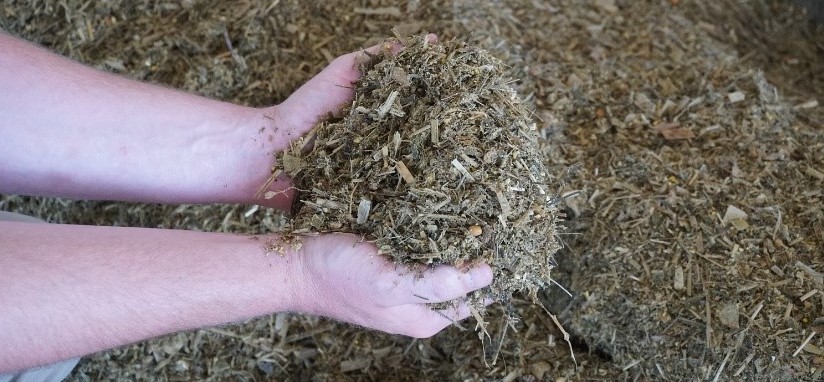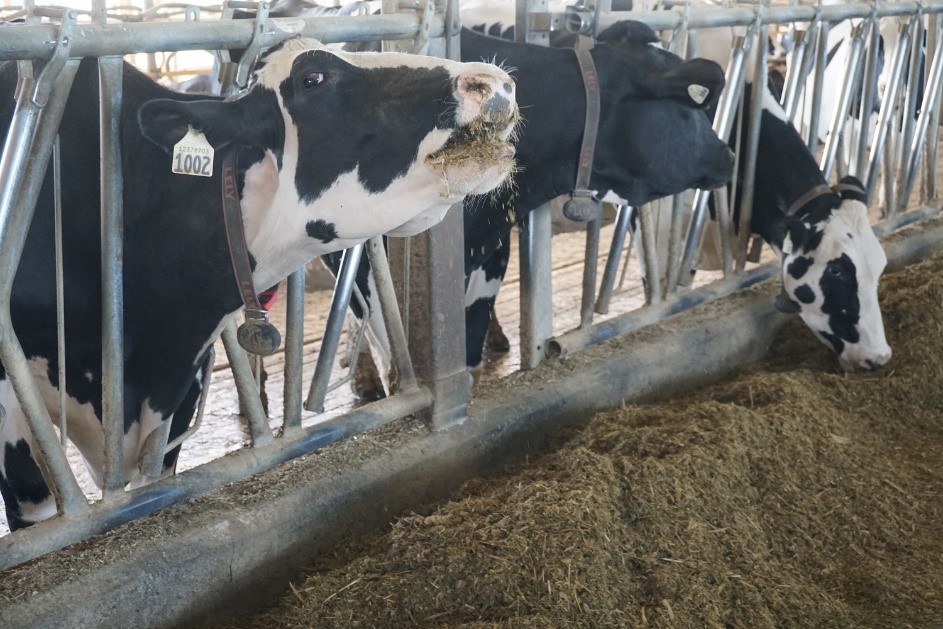Interpreting Your Corn Silage Analysis
December 22, 2020Now that your corn silage has been harvested for 90 days, it is a good time to re-evaluate some of the key characteristics of that silage now that it has had time to ferment. Fermentation is the process that preserves your silage and allows it to become stable for a long period of time. The fermentation process also improves the quality of the corn silage by allowing the starch and fibers to become more available in the cow’s stomach. Ninety days of fermentation significantly changes the way silage will feed compared to when it was first harvested. At this point in time, a silage analysis will give a better representation of way the silage will feed for the remainder of the year.
With an updated analysis, it is a great time to review your silage quality with your nutritionist and evaluate your feed needs for the coming year. Below are a few key parameters to look at on your feed analysis and some benchmark values to score yourself on.

Silage Moisture Content
The most important factor when making silage is harvesting at the correct moisture. As you evaluate your current silage moisture and condition, consider the following reminders:
Too wet
- Lower starch content (soft kernels)
- Silage piles and silos can seep (loss of nutrients)
- Poor fermentation and sour feed
Too dry
- Higher starch content (hard kernels)
- Poor packing as the silage is ‘fluffy’
- Poor fermentation as too much oxygen available
- Fiber is more lignified and less digestible
Bunker Silo
- 63%–67% harvest moisture content
- The bigger the pile and the heavier the packing tractor, the drier you can go
Upright Silo
- 58%–62% harvest moisture content
- The taller the silo, the drier you can go

Key Silage Test Values to Examine
ADF
The unusable fiber portion of the corn silage. The majority of samples range from 20–28%; lower ADF makes better quality feed.
NDF
A measure of the available fiber that can be digested. The lower the number, the more the cow can eat without getting full. This encourages dry matter intake and improves production. The majority of samples range from 35–45%.
NDFD
A measurement of the digestibility of the plant fiber. Good quality samples will have a 30hr NDFD (% of NDF) value greater than 56%. This number is an important number to consider in evaluating your silage hybrids. Especially significant are 30hr NDFD (% of NDF) that are consistently in the high range (i.e. 58–62 %).
Starch
The key energy component of the feed. The higher the value the better, as you can get more energy into the cow with every bite. Most growers strive for a minimum of 35% and more optimally 40% (plus) starch content in corn silage especially when silage makes up roughly half of the ration. With some highly digestible silage, when it makes up a greater portion of the ration, lower starch contents (33–36%) can also work effectively.
Starch Digestibility
How available is the starch to the cow? The higher, the better. Fresh silage will test lower than fermented feed. Highly available starch samples would be > 60% fresh or > 75% fermented.

After you have evaluated your fermented corn silage analysis with your nutritionist, it is time to consider your cropping plans for 2021. If there is need for improvement in your corn silage, there are some management practices that you can implement for this coming crop year.
Silage is to wet or too dry:
- Consider changing the maturity of your corn silage hybrid
- Come up with a plan to monitor silage maturity more carefully as harvest time approaches
- Review plans that will allow chopping to occur in a more timely manner
Silage fiber quality is poor:
- Select hybrids with better digestibility ratings
- Consider lowering your planting population
- Raise your cutting head height during next year’s harvest
Starch number is low:
- Grow a shorter-season hybrid to allow for better grain fill prior to harvest
- Switch to hybrids that have a history of higher grain content
- Raise your head height to get a higher Grain:Stover ratio
Starch digestibility is poor:
- Evaluate the kernel processing that your harvester did; consider improvement adjustments
- If your silage is on the dry side, consider chopping sooner so the kernel is softer at harvest
Remember that the quality of corn silage you harvest during a short window each fall greatly impacts your operation for the rest of the year. Management during the growing season, harvest, and storage all have a significant role in the productivity of your farm. Consult your nutritionist and trusted seed partner to better understand your silage analysis and improve your feed quality.

